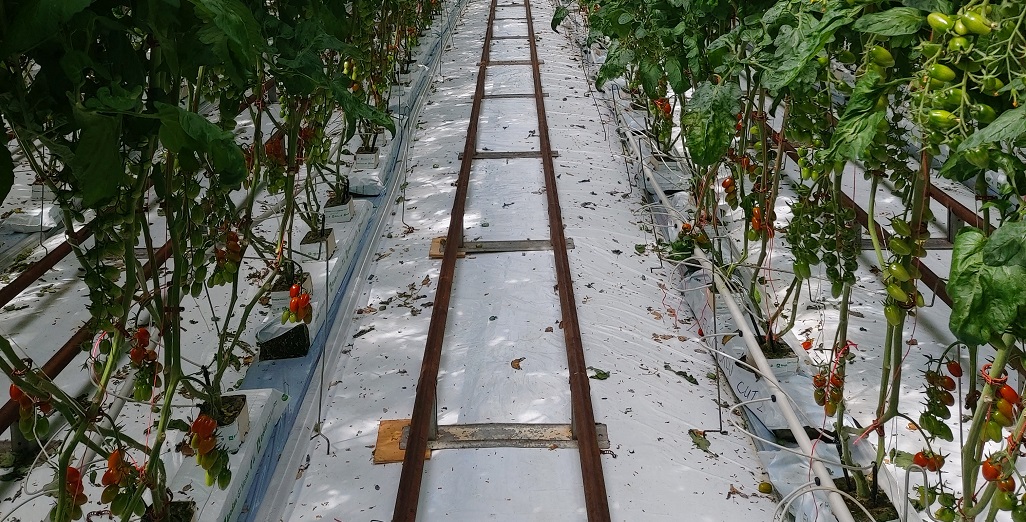Sign up here to subscribe to the Grower2grower Ezine. Every two weeks you will receive new articles, specific to the protected cropping industry, informing you of industry news and events straight to your inbox.
May 2019
Oxygen and Temperature in the Irrigation Water (Winter)
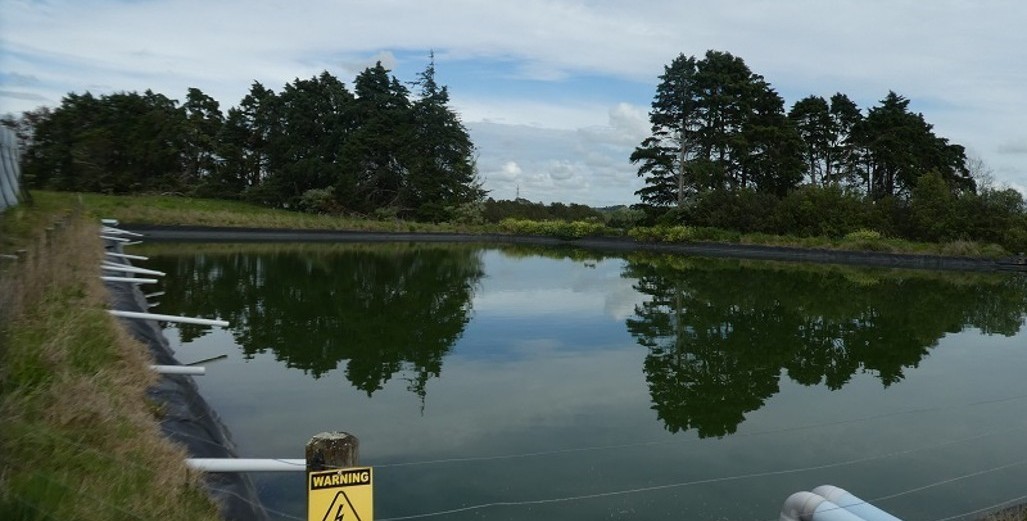
What should it be?
Understanding the effects between oxygen and temperature levels in irrigation water: I think that we should be considering the implications of these points on both crop health and production potential. Understanding what we currently use in greenhouses, in NZ, is a good starting point. Growers now, compared to 20-30 years ago, have increased yields with new varieties, improved knowledge, structures, technology etc. This does not mean we are not continuing to improve it means as we have become savvier with our growing, we are now looking for the small improvements that have single digit percentage benefits. Fine tuning.
As a grower, I did not heat my irrigation water or have extra measurable mechanisms to increase oxygen levels in the irrigation. I did however, have a by-pass that allowed air to be forced in the premixing tank when it was refilling, I think this helped but I have no hard-scientific proof. As the main water source is also mixed with fertiliser water it is pulled and pushed through pumps into premix or holding tanks and again hopefully this agitation will be of benefit. It has been brought to my attention that these could be areas of improvement. The water, I used to irrigate my greenhouse plants, was from a medium depth bore or approx. 75 meters below ground level. The water temperature would come out of the ground nice and cool around twelve degrees. It was great for the summer, where it is important to have cool water with high levels of oxygen. I have had experience with high irrigation water temperature and the detrimental influence this has on root health. Higher water temperature equals depleted oxygen levels. So, I totally understand the need to both reduce water temperature and increase oxygen levels in the summer. We are only a few days from the official beginning of winter, the water temperatures are possibly now too low in some cases. Plants irrigated with cold water is not ideal as it potentially will slow growth.
I am very interested to know what the exact temperature of irrigation water should be for greenhouse production. Looking at the chart below, lower the temperature higher the oxygen levels. However, as I have experienced, if irrigation water is too cold it is not ideal. What is the optimum irrigation temperature for growing greenhouse vegetable crops? Below is some interesting advice I picked up from the internet and there is also another link to one of the articles I’ve read that you might find interesting. I would imagine if you kept your irrigation water temperature at 18 degrees this would be a good start in the winter to maintain speed and growth in your crops.
As always, I am interested in your thoughts and what your irrigation water temperature is? I have come across a few growers that heat their irrigation water in the winter, it is not common but something perhaps we should be paying more attention to.
Media temperature should stay above at least 16C (60.8F) and ideally should be 18–21C for proper growth. (Likewise, the water you use should stay in this range). Air temperatures above 29C (84.2F) will cause problems with flowering — avoid this if at all possible.Jan 5, 2017 Source https://www.quora.com/What-is-the-best-greenhouse-temperature-for-tomatoes
A good read: https://www.o2grow.com/test-tomato-peppers-2013/
Interesting Quote: “Dissolved oxygen is the first defence against anaerobe bacteria that causes pathogenic fungus in soil. It also stimulates a faster root growth and a greater density of the fine root hairs, which are in fact responsible for the absorption of water. This intake requires a lot of energy from the plant in the form of oxygen”

I appreciate your comments. Please feel free to comment below or on the grower2grower Facebook page:
https://www.facebook.com/StefanGrower2grower/
Article Written by Stefan Vogrincic, Consultant, Grower2Grower
Article Edited by Marie Vogrincic, Editor, Grower2Grower
CLASSIFIED
Subscribe to our E-Zine
More
From This Category
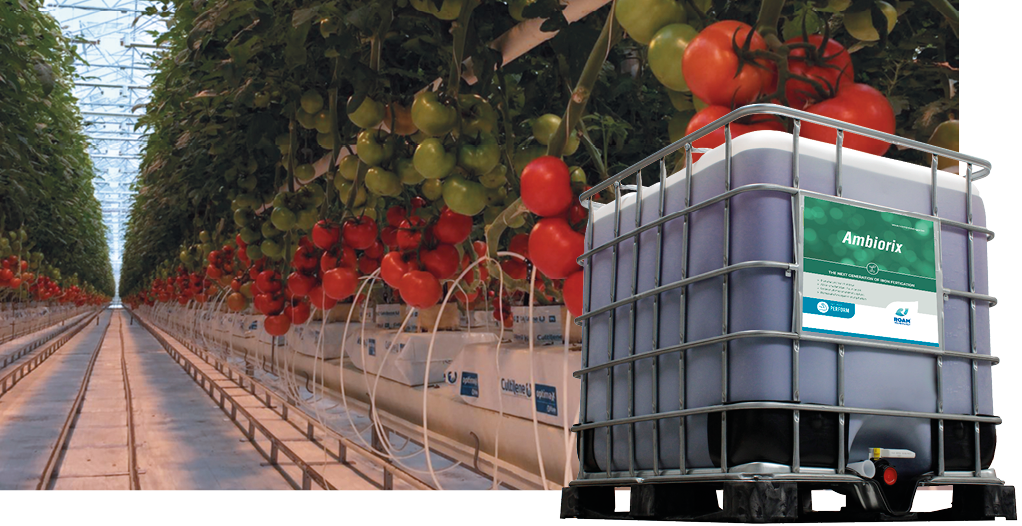
Less fertilisation and higher yields with Ambiorix iron polyphosphate

Bluelab Introduces OnePen™
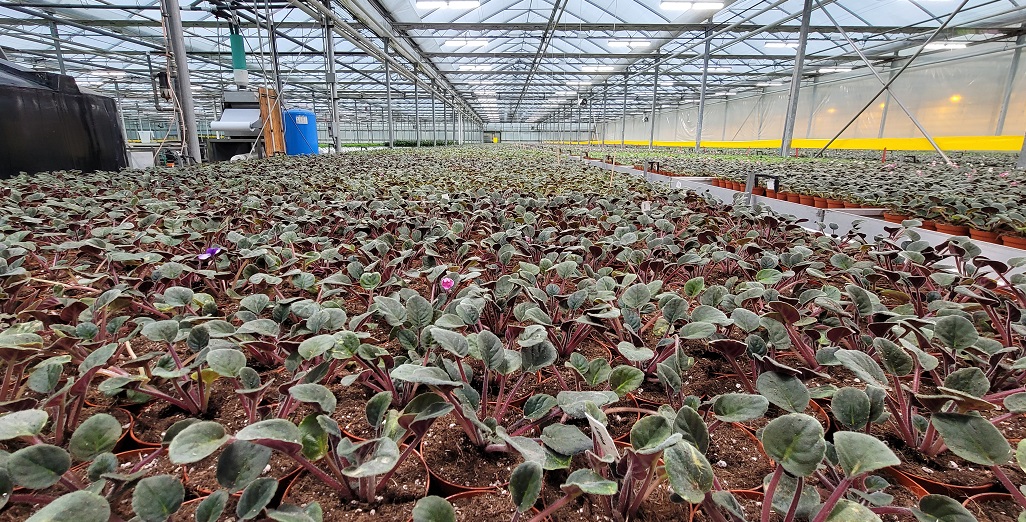
Free Webinar on Controlling Waterborne Pathogens in Greenhouses

Whitepaper elaborates on safe recirculation of irrigation water
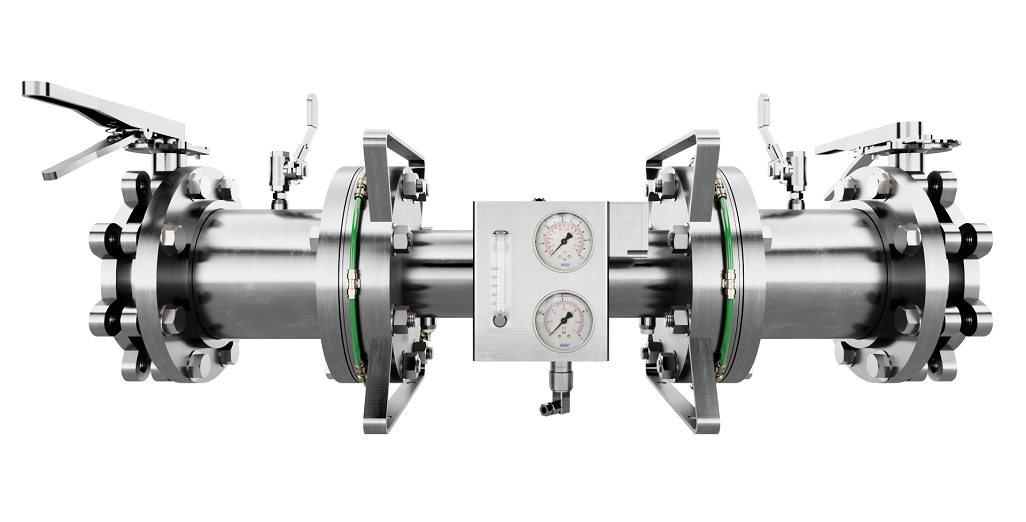
Introducing Moleaer’s Trinity: Revolutionizing Agriculture with Advanced Nanobubble Technology
